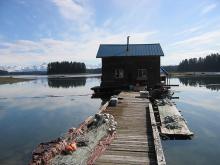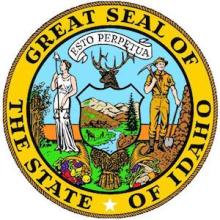Alaskan Telephone Co-op to Connect Remote Village With Fiber, Wireless Middle Mile
In 1999, Yakutat became home to one of Alaska’s first surf shops. Now, two decades later, the coastal community of 600 people is looking at another first for the community — high-speed Internet access.
Cordova Telecom Cooperative (CTC) will be expanding its broadband network to Yakutat from the co-op’s headquarters 220 miles away in Cordova, Alaska. Already, CTC offers wireline and mobile connectivity in and around Cordova. The new project, codenamed NICEY or New Internet Communications for Everyone in Yakutat, will bring high-quality Fiber-to-the-Home (FTTH) Internet access to the village, which has a large Native Alaskan population.
NICEY will be financed in large part by a U.S. Department of Agriculture (USDA) ReConnect grant of nearly $19 million awarded to CTC in December. This money will help fund not only the deployment of the fiber network in Yakutat but also the construction of several remote wireless towers to connect the village to the broader Internet. “I don’t know how many grants of this size local groups have gotten,” CTC general manager and CEO Jeremiah Beckett told the Cordova Times. “It’s pretty big for Cordova.”
Neighbors Partner for Grant
Locals and visitors alike can only reach Yakutat by air or sea — there are no roads to the southeastern Alaskan community. The Internet is similarly hard to access for village residents.
Yakutat’s poor connectivity forces the school to limit student access to online materials and courses; businesses sometimes struggle to run card transactions. Households’ only available option for Internet access is satellite, typically hampered by low speeds, frequent service interruptions, and restrictive data caps.











